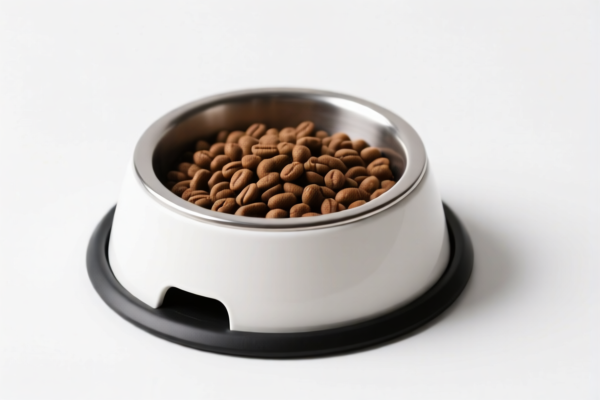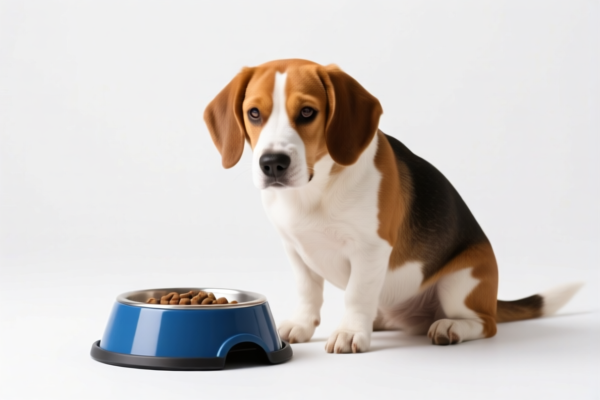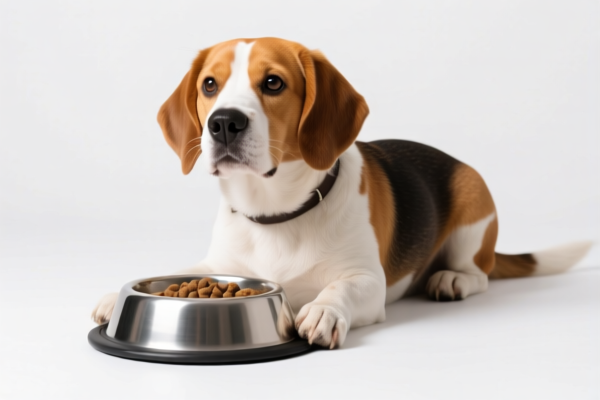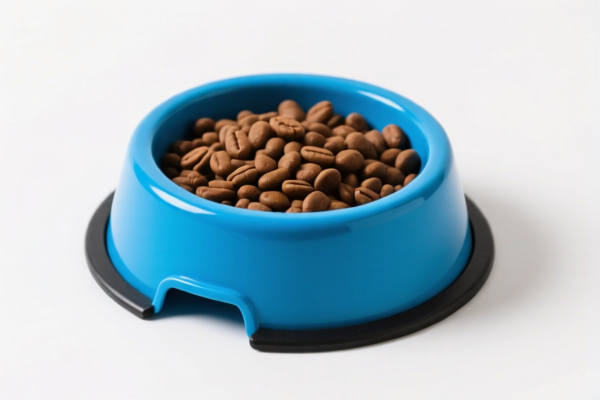| HS Code | Official Doc | Tariff Rate | Origin | Destination | Effective Date |
|---|---|---|---|---|---|
| 8543906500 | Doc | 55.0% | CN | US | 2025-05-12 |
| 8517690000 | Doc | 55.0% | CN | US | 2025-05-12 |
| 8517620090 | Doc | 30.0% | CN | US | 2025-05-12 |
| 9106908500 | Doc | 15¢ each + 2.3% + 0.8¢/jewel+55.0% | CN | US | 2025-05-12 |
| 9106906500 | Doc | 15¢ each + 2.3% + 0.8¢/jewel+55.0% | CN | US | 2025-05-12 |
| 9105995000 | Doc | 7.5¢ each + 3.2%+30.0% | CN | US | 2025-05-12 |
| 9105996000 | Doc | 23¢ each + 3.2%+37.5% | CN | US | 2025-05-12 |




Automatic Pet Feeder
An automatic pet feeder is a device designed to dispense pet food to animals at scheduled times, regardless of owner presence. These devices range in complexity from simple timed dispensers to sophisticated, digitally controlled units with features like portion control, remote monitoring, and smartphone integration.
Materials
Automatic pet feeders are typically constructed from the following materials:
- Plastic: Commonly used for the hopper (food storage container) and base due to its lightweight and affordability. Food-grade plastic is essential to ensure pet safety.
- Metal: Often found in the dispensing mechanism and sometimes in the base for added durability. Stainless steel is preferred for food contact surfaces due to its resistance to corrosion and ease of cleaning.
- Electronics: Include microchips, timers, motors, and in some models, Wi-Fi modules, cameras, and LCD screens.
- Rubber/Silicone: Used for gaskets, seals, and non-slip feet.
Purpose
The primary purpose of an automatic pet feeder is to provide consistent feeding schedules for pets, even when owners are away from home or have busy routines. This helps:
- Maintain Pet Health: Regular feeding times aid in digestion and prevent overeating or underfeeding.
- Convenience: Eliminates the need for manual feeding, offering peace of mind for owners.
- Portion Control: Many models allow for precise portioning of food, which is crucial for weight management and dietary needs.
- Behavioral Management: Can help reduce begging behavior by providing food at consistent intervals.
Function
Automatic pet feeders function through a combination of:
- Timer/Programming: Allows owners to set specific feeding times and portion sizes.
- Dispensing Mechanism: Typically involves a rotating auger, gravity feed, or conveyor system to release food.
- Food Storage: A hopper holds a supply of dry kibble.
- Power Source: Operated via batteries, AC adapter, or a combination of both.
- (Advanced Models): Some feeders include Wi-Fi connectivity, smartphone app control, camera access for remote monitoring, and voice recording capabilities.
Usage Scenarios
- Travel: Ideal for short trips or vacations when owners cannot return home to feed their pets.
- Work Schedules: Beneficial for owners with long or unpredictable work hours.
- Medical Conditions: Useful for pets requiring frequent, small meals or specific dietary restrictions.
- Multiple Pets: Some models can be programmed to dispense different portions to different pets.
- Senior Pets: Helpful for pets with difficulty eating or those needing more frequent meals.
Common Types
- Gravity Feeders: Simplest type; food is dispensed as the pet eats, refilling the bowl from a reservoir. Less precise portion control.
- Timed Feeders: Use a timer to rotate a dispensing chamber at set intervals. Offer basic portion control.
- Digital Feeders: More advanced; feature programmable timers, portion control, and often LCD displays.
- Wi-Fi Enabled Feeders: Connect to a home Wi-Fi network, allowing for remote control and monitoring via a smartphone app. May include features like camera access, voice recording, and food level monitoring.
- Wet Food Feeders: Designed specifically for dispensing wet food, often using an ice pack to keep the food fresh. More complex and require regular cleaning.
- Microchip Feeders: Only open for a specific pet based on their microchip ID, preventing food stealing in multi-pet households.
Automatic pet feeders are devices designed to dispense food to pets at scheduled times, offering convenience for pet owners. They can be used for dry or wet food, and are typically powered by batteries or AC adapters.
The following HS codes may be relevant based on the provided reference material:
- 9106908500: This code covers “Time of day recording apparatus and apparatus for measuring, recording or otherwise indicating intervals of time, with clock or watch movement or with synchronous motor (for example, time registers, time-recorders): Other: Other: Other: Other”. Chapter 91 relates to measuring, checking, testing, navigating and similar instruments. Heading 9060 specifically addresses time recording apparatus. This code could apply if the feeder’s primary function is time-controlled dispensing, functioning as a timer with a food dispensing mechanism. The tariff is 15¢ each + 2.3% + 0.8¢/jewel, with a 55.0% total tax rate.
- 9106906500: This code covers “Time of day recording apparatus and apparatus for measuring, recording or otherwise indicating intervals of time, with clock or watch movement or with synchronous motor (for example, time registers, time-recorders): Other: Other: Apparatus for measuring, recording, or otherwise indicating intervals of time, with clock or watch movements, battery powered: Other”. Similar to the previous code, this falls under time recording apparatus, but specifically for battery-powered devices. The tariff is 15¢ each + 2.3% + 0.8¢/jewel, with a 55.0% total tax rate.
- 8543906500: This code covers “Electrical machines and apparatus, having individual functions, not specified or included elsewhere in this chapter; parts thereof: Parts: Other: Printed circuit assemblies: Of flat panel displays other than for articles of heading 8528, except for subheadings 8528.52 or 8528.62”. If the automatic pet feeder contains a printed circuit assembly for a display (e.g., an LCD screen for programming or status updates), this code may be applicable. The tariff is 0.0% basic tariff, 25.0% additional tariff, and 30% additional tariff after April 2, 2025, resulting in a 55.0% total tax rate.
Regarding HS code 9106908500 and 9106906500, please note the tariff includes a charge of 15¢ each + 2.3% + 0.8¢/jewel.
Customer Reviews
No reviews yet.